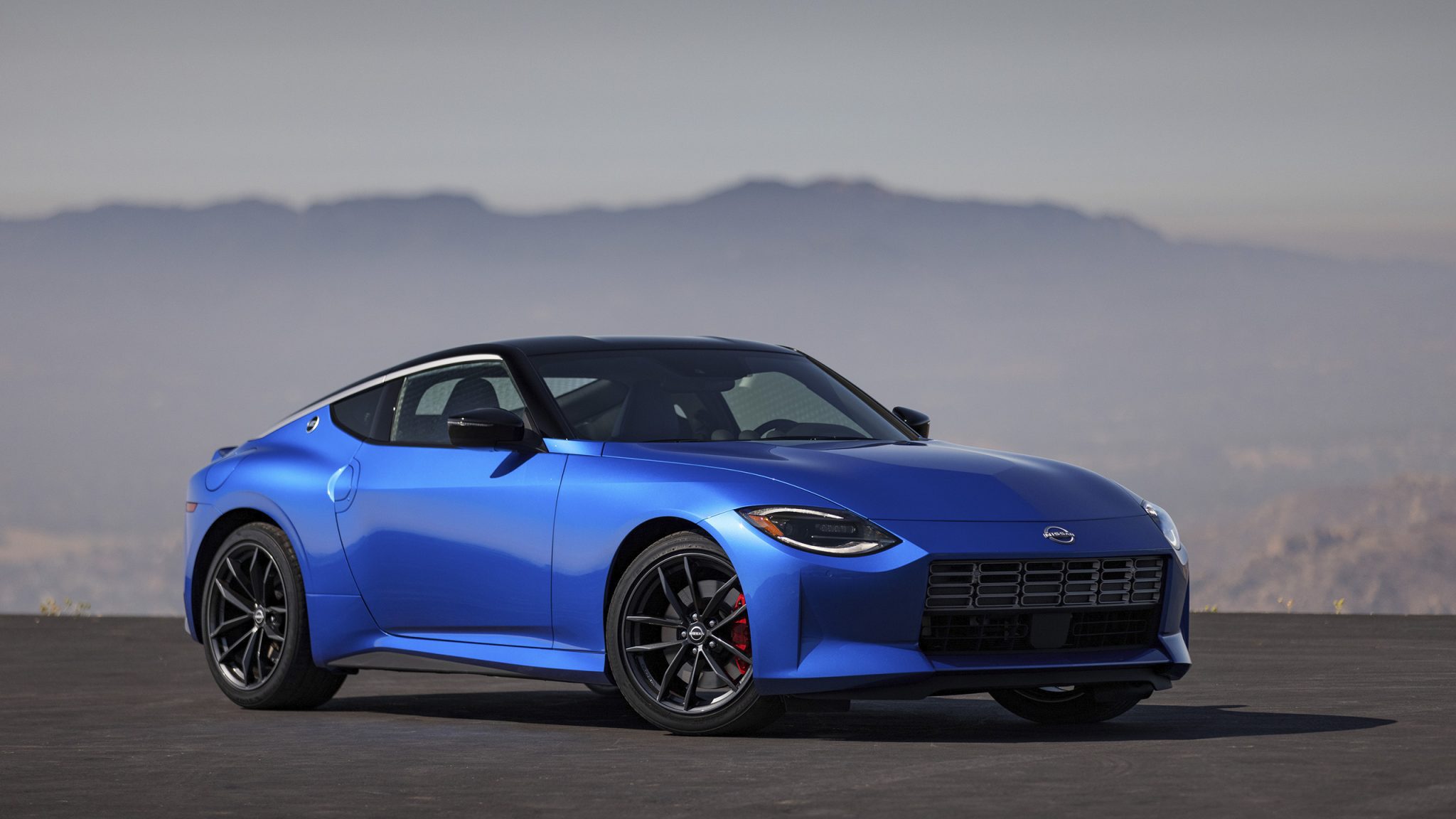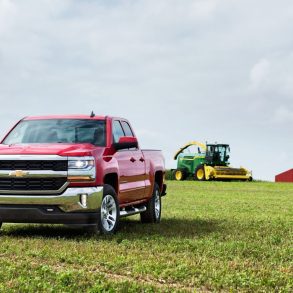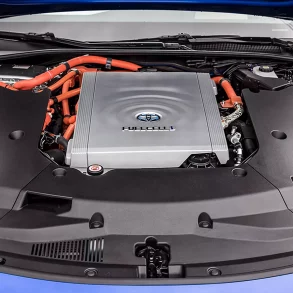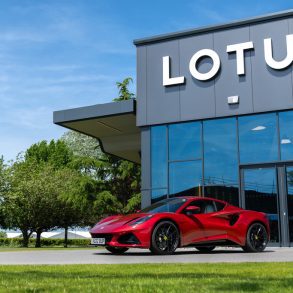Affordable performance cars, including hot hatches, have been experiencing a small resurgence in the past couple of years. While the entire automotive market has continually shifted towards electric vehicles and CUVs/SUVs, cars such as the Toyota GR86, Volkswagen Golf GTI, Hyundai Elantra N, and the Honda Civic Si have either maintained average sales or grown slightly year to year.
It was this segment of cars that the Nissan Z was aimed to not only enter, but dominate. It comes with a very powerful twin turbo V6, rear wheel drive, a manual transmission in the middle, and has the classic Nissan coupe shape. It is the same recipe that Toyota and Subaru joined together to use when making the GR86/BRZ, and that car has sold hand over fist around the world.
So why is the Z at the absolute bottom of the pile in terms of sales?
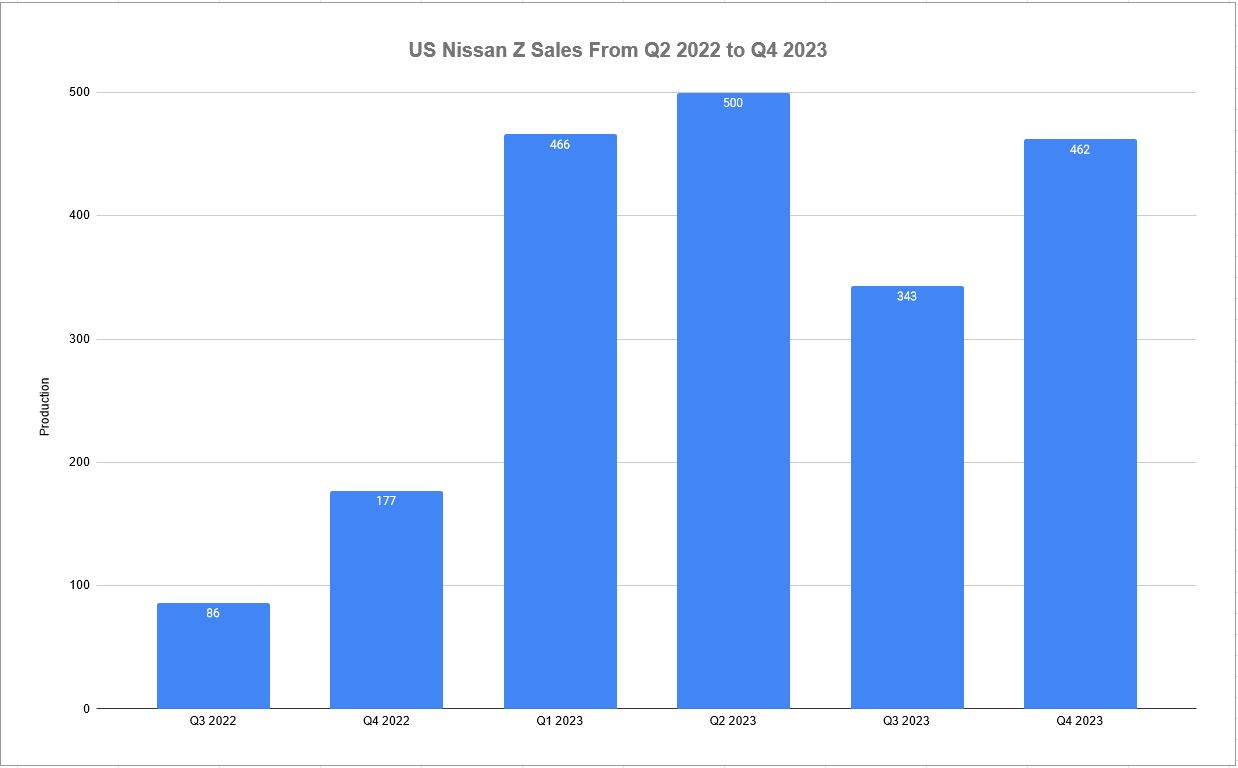
To put this into perspective, the Nissan Z should be selling out everywhere around the world, as it has the perfect mix of looks and power. Yet, of the 899,407 cars that Nissan shipped to the USA in 2023, only about 1,500 of them were Z’s. That is 0.33% of total sales in its first full year of production after launching in 2022. Total production for the US to date is just 2,034 units. Compare that to the 370Z and its first full year of production in 2006 at 24,635 units sold out of 1,104,625 vehicles shipped to the USA. That comes out to 2.23% of total sales for that year.
Why the Nissan Z is not selling
There are three main factors that have impacted how the Z has fallen well short of its mission of affordable performance domination: Electronics shortages, being the wrong car at the wrong time, and the dealerships are killing their own sales.
Electronics Shortages
Affecting industries from smartphones and computers to cars and trucks, the “Global Chip Shortage” as it was one of the primary contributing factor to the slow sales of the Z. During the global pandemic, computer chip manufacturing plants in China and Taiwan were particularly hit as they had to close entirely or reduce production to a minimum level. As cars these days rely on up to 10 computers in one vehicle, the lack of processor chips hit every car maker.
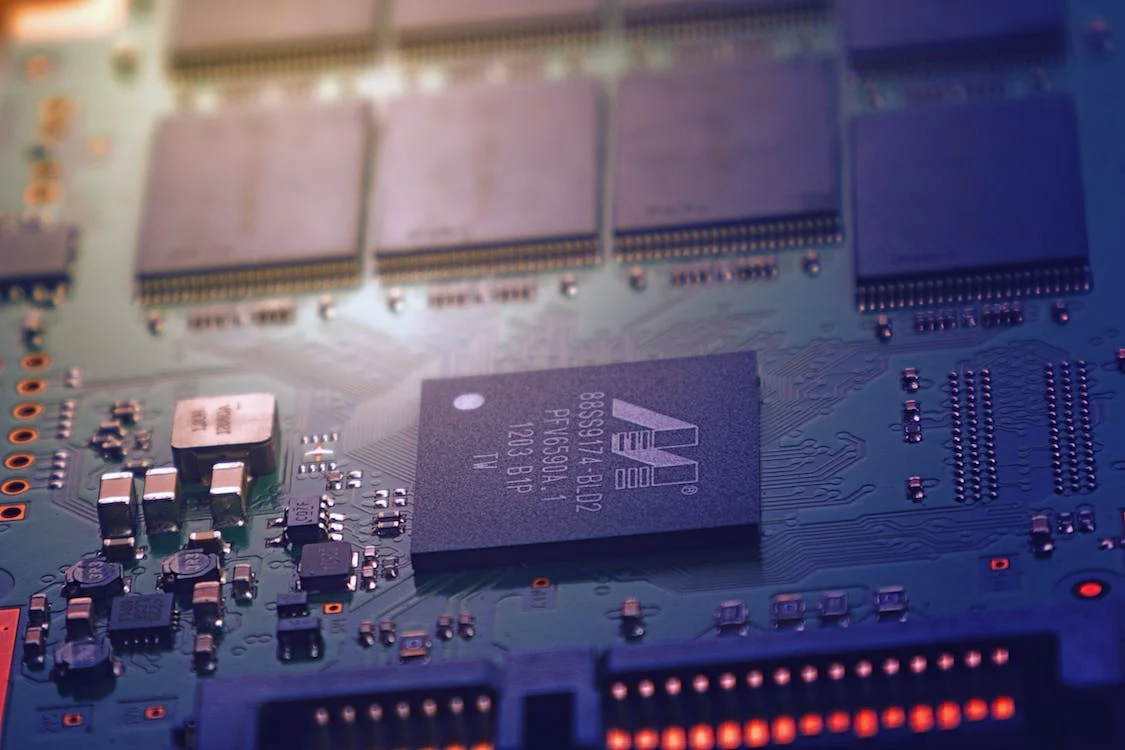
What made the difference is that many of those other manufacturers keep a front-loaded stock of electronic components. They had enough on hand to continue manufacturing in demand affordable performance cars, which is also why many of those vehicles had a stagnant couple of years in terms of new features. Nissan, however, released a new car right in the middle of the shortage, and as such, could only be allotted so much of the already severely reduced global electronic production capacity.
The simple fact is that the Z was launched at the precise moment that the global manufacturing economy was still taking its first few steps back into making things. Parts shortages mean that they can’t even start building one of the new cars until every last bit arrives, and that can take literal weeks to happen!
The Wrong Car At The Wrong Time
Sometimes, a car arrives at just the right time, with the right features. Consider the original 1976 VW Golf GTI. It was so spectacularly in tune with the market demands of a nimble, light, fast hatchback in Europe that it spawned an entire market segment, the “Hot Hatchback.” Nissan had their own success when the original Datsun Z’s were hitting American shores, and once people knew what they were and what they could do, sales picked up.
However, in 2023, the market wasn’t looking for an affordable performance coupe. If you look at the mid-price market, between $30,000 to $60,000, you will find an abundance of CUVs, SUVs, and larger family sedans. There are even a few hot hatches popping in here and there, but they still offer utility.
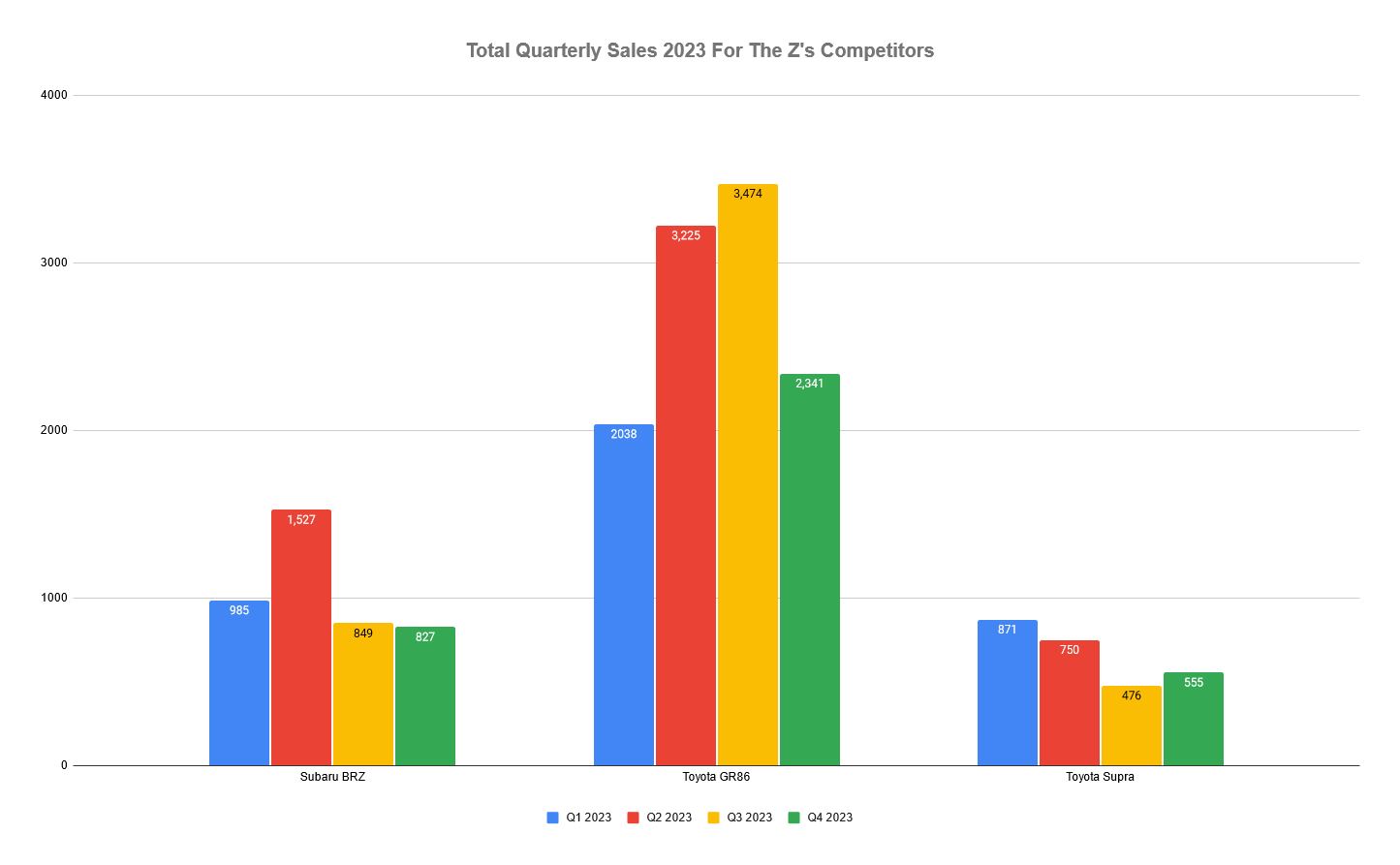
Any car with an affordable price, a coupe body style, an engine in the front, a gearbox in the middle, and rear wheel drive has seen constantly declining sales for the last 5 years, but they have also maintained decent sales numbers overall. So, to introduce a new one, in a market that never asked for one, and trying to sell that car to anyone outside of the specific enthusiasts that want one was never going to work.
The Dealerships Are Killing Their Own Sales
When the new Nissan Z launched, it came with an MSRP hovering at about $40,000, which was a great price for what the car was offering for power and performance. However, a dealership is free to mark up any model on their sales floor as much as they want, and therein lies the rub. The same issue happened with the Honda Civic Type-R, in that many dealerships, banking on the enthusiast demand for the car, added tens of thousands of dollars in markups.
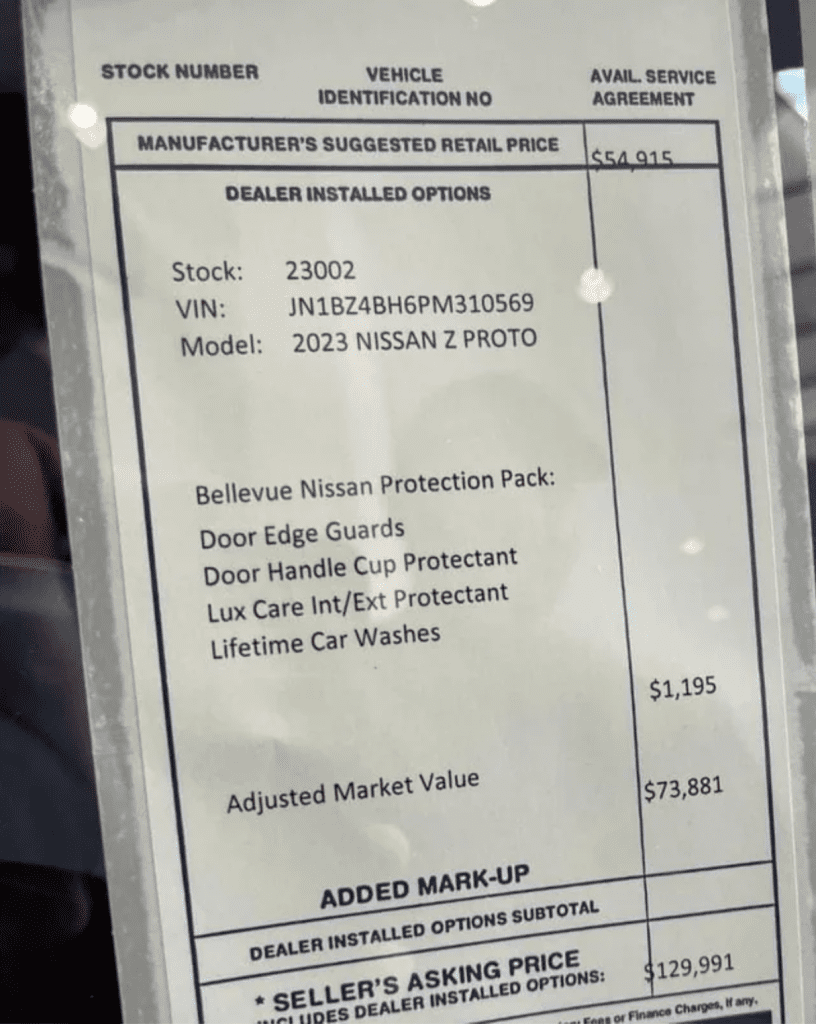
There are even stories of some dealerships putting a $40,000 Z Proto, a “FIrst Edition” if you will, up for sale at more than twice the MSRP. Some dealerships were turning down offers of $85,000 to $90,000 for a Z, wanting to get to six figures before they allowed a customer to sign the dotted line, sometimes even asking for nearly $130,000. For that money, you could either get one of the first Z’s in North America, or you could buy a GR Supra with enough spare to buy a nice Mercedes-AMG, or even a mid-range Porsche 911 Carrera 4.
The dealerships are still at it today as well, with the 2024 Z Nismo with its MSRP of $64,990 being marked up beyond $90,000 to some dealerships asking for over $150,000. The thing is, for $150,000, you can a Nissan GT-R Nismo at MSRP, or get a 2024 Chevrolet Corvette Z06. In other words, thanks to many dealerships being completely unreasonable, the bridges have been burned with the only part of the market actually wanting to buy the car: Nissan enthusiasts.
Can Nissan Recover?
The real question now is if Nissan can potentially salvage what has been, in the purest sense, an unmitigated disaster. Look at it objectively: A car that only a very select few people want, that is extremely slow to produce because they have to wait for parts, and that is having horrendous markups way outside the affordable performance bracket and beyond the pockets of the only people that really want one. That is a formula that only points in one direction, and it is definitely not up.

